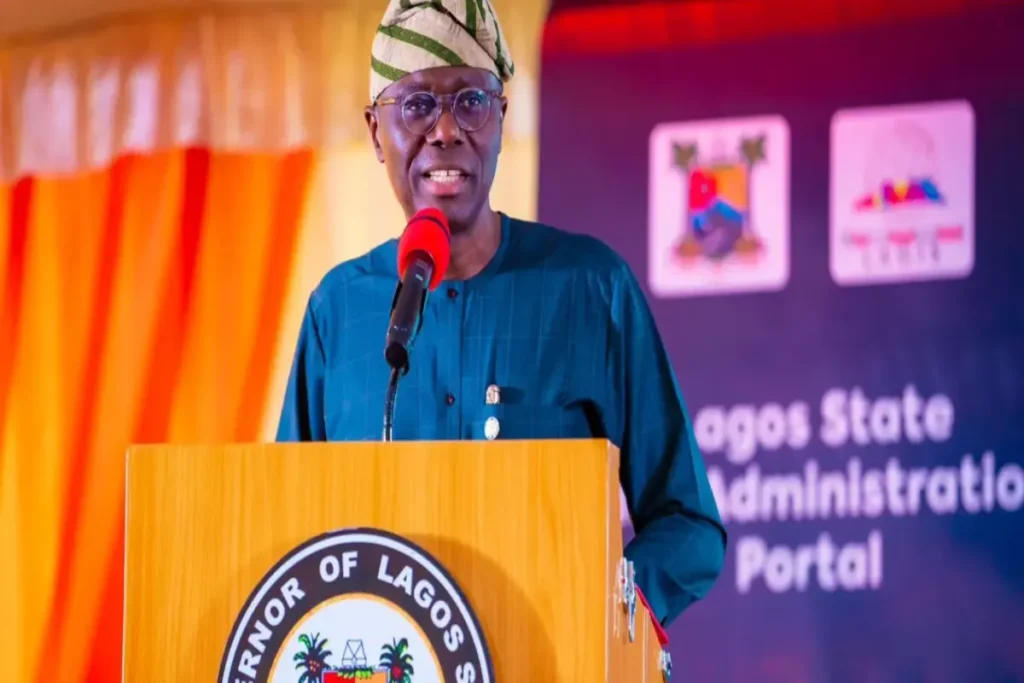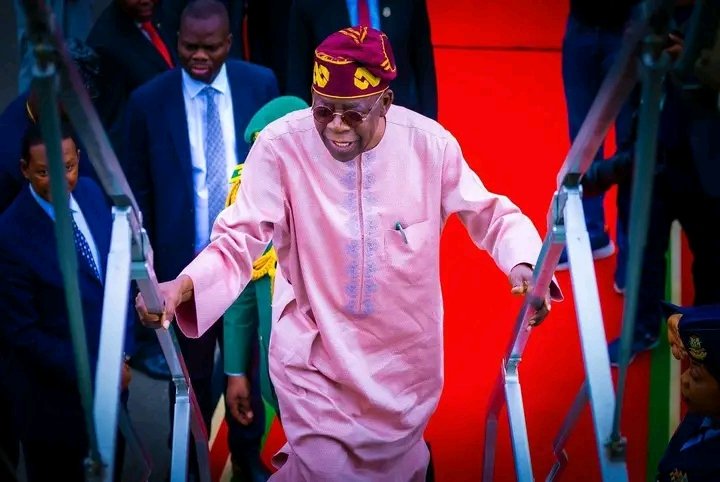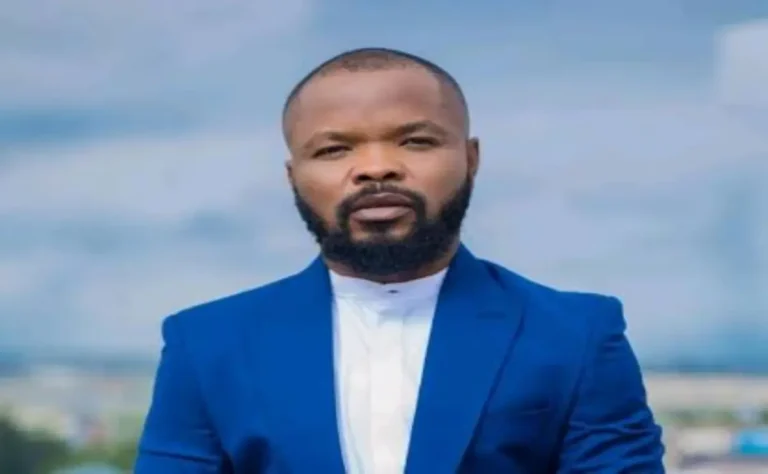
Lagos State governor Sanwo-olu unveils plan to invest N3tr in shoreline protection to stop rising coastal erosion.
Lagos, Nigeria EPICSTORIAN – State Government has unveiled a landmark plan to invest N3tr in groyne technology as a strategic solution to protect its erosion-threatened coastal communities.
The announcement came from Ekundayo Alebiosu, the Commissioner for Waterfront Infrastructure Development, during a ministerial briefing marking Governor Babajide Sanwo-Olu’s second-term midpoint.
Alebiosu revealed that the investment aligns with global best practices in shoreline protection, particularly taking cues from the Netherlands.
He noted that a recent high-level delegation visit to the European country, including Permanent Secretary Mrs. Lolade Aina, provided the Lagos team with valuable insight into cost-effective, sustainable erosion control systems.
Why Lagos Will Invest N3tr in Groyne Infrastructure
Groyne technology, according to the commissioner, is a rigid structure built perpendicular to the shore, designed to slow water flow and trap sand—thereby preventing beach erosion. While Lagos State government has begun deploying this technology in phases, Alebiosu emphasized the scale of the challenge ahead.
“With over 180km of vulnerable coastline, we estimate the cost of full groyne deployment will exceed N3 trillion,” he said. “That’s why we must invest N3tr over time, through a robust partnership framework with the federal government and private sector actors.”
He highlighted that each groyne structure demands significant capital, reinforcing the need for collaborative funding models such as Public-Private Partnerships (PPPs). The state government is reportedly in early-stage talks with domestic and international investors to support the plan.
Netherlands Model Informs Lagos Plan to Invest N3tr
The Netherlands has long been a global leader in coastal engineering and water management. Alebiosu described the Dutch approach as “a masterclass in resilience,” incorporating groynes, sand nourishment, and eco-friendly shoreline stabilization techniques.
“We saw how investing in groyne technology helped transform fragile coastal lines into durable economic assets. That’s our vision for Lagos,” Alebiosu stated. “Our decision to invest N3tr is not an exaggeration; it’s a necessity if we want to secure Lagos’ coastal future.”
Coastal Erosion Poses National Threat, Lagos Warns
Beyond environmental concerns, the commissioner said that coastal erosion presents grave economic risks. Key infrastructure, residential neighborhoods, and business hubs are all located along the Lagos shoreline, many of which are at constant risk of being washed away.
“This is bigger than Lagos. If these communities are not protected, the consequences could cascade nationally—impacting tourism, trade, and even food security,” he said. “We have no choice but to invest N3tr in a phased, scalable solution.”
Alebiosu urged federal ministries and ecological agencies to consider coastal defense a national priority. He called on policymakers to support legislation that streamlines funding for shoreline defense, citing that delay could cost lives, livelihoods, and billions in damage.
Public-Private Partnerships to Power the N3tr Investment
In pursuit of the N3tr target, Lagos is actively engaging private firms, international agencies, and development banks. The Commissioner noted that climate-resilient infrastructure is attracting attention from green funds and multilateral organizations, and Lagos intends to leverage this interest.
Also Read:Reps to review capital punishment in line with human rights law
“This isn’t just about building groynes—it’s about future-proofing Lagos,” he said. “Our waterfronts can unlock immense economic value in tourism, real estate, and logistics. But first, we must invest N3tr to protect them.”
He reassured residents that timelines would be communicated transparently and that groyne construction would be prioritized in the most erosion-prone communities first.

